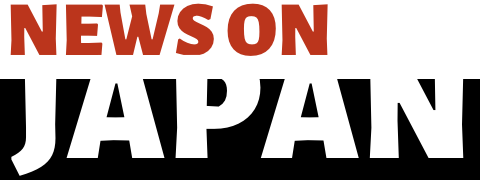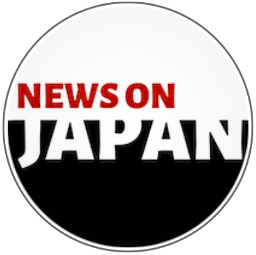TOKYO, May 13 (News On Japan) - There has been a major development in the so-called "Trump tariffs" negotiations, in which Japan is also involved. The United States and China, which had been imposing more than 100% tariffs on each other, agreed on May 12th to reduce those tariffs by 115%.
Shortly before the announcement, President Trump appeared at the White House, signaling a sudden shift in the long-stalled trade war between the two nations. The escalation of tariffs had begun to significantly affect consumers and the economy, raising concern that the conflict might spiral further.
Over the weekend, U.S. and Chinese representatives held their first direct talks in Geneva, Switzerland. On the evening of May 12th, they issued a joint statement confirming the agreement to cut tariffs by 115%.
According to the statement, the U.S. will suspend for 90 days the additional 24% portion of a 34% tariff increase imposed on China on April 2nd. The retaliatory hike implemented by China will also be withdrawn.
As a result, the additional tariffs the U.S. had levied on Chinese imports will be reduced from 145% to 30%. On the Chinese side, the 125% retaliatory tariffs imposed on American goods will also be scaled back. Specifically, China will suspend for 90 days the 24% portion of the 34% tariff increase implemented on April 4th, abolish 91%, and retain the remaining 10%.
With both sides making concessions, the trade war involving tariffs of over 100% appears to have entered a temporary truce.
Reactions within China have been positive, with expectations that exports will recover. In a related development, Trump said in a press briefing that he expects to speak with Chinese President Xi Jinping later this week, suggesting further diplomatic engagement is underway.
Attention is now turning to what impact this agreement might have on Japan, which is also engaged in separate negotiations with the U.S.
The background of the sudden U.S.-China compromise stems from growing economic pressure on both sides. In Washington, concerns intensified that products would disappear from store shelves and manufacturing would stall. In Beijing, officials viewed the U.S. move as a retreat, believing they had gained an upper hand without sacrificing national pride.
Until recently, the tariff war had primarily affected financial markets—lowering stock prices and raising interest rates. But recently, the impact has begun to spill into the real economy. Chinese shipments stopped arriving at ports in Los Angeles, and iPhones assembled in China and Tesla vehicles no longer reached the U.S., disrupting supply chains.
For Trump, the situation became untenable, prompting a pivot toward negotiation.
The agreement to lower tariffs to 30% and 10% respectively marks a significant step forward. But what about Japan? How might this affect Japan’s own negotiations with the U.S., especially on automobile tariffs?
Currently, Japanese-made automobiles entering the U.S. are subject to a 25% additional tariff. Meanwhile, the U.S. and U.K. recently reached an agreement to cap tariffs at 10% for up to 100,000 vehicles annually. Japan, however, exports approximately 1.37 million vehicles to the U.S. annually, a far larger number.
The U.K.’s actual exports to the U.S. have not even reached the 100,000 threshold, standing at around 96,000 vehicles, meaning they all qualify for the reduced rate. Japan’s volume is much higher, and it's unlikely Trump would accept lowering tariffs across the board, especially since auto manufacturing is concentrated in the politically sensitive Rust Belt region, a Trump stronghold.
Japan has therefore proposed a unique strategy. Japanese automakers such as Toyota and Honda already produce many vehicles within the U.S., mostly left-hand drive. The proposal is to manufacture some right-hand drive models in the U.S. and then export them to Japan—a concept that has drawn interest from the American side.
Why the interest? Because vehicles made in the U.S. and exported to Japan would count as U.S. exports in trade statistics, helping reduce the U.S. trade deficit—something Trump has repeatedly criticized.
Japan is considering this symbolic move to encourage tariff reductions, but it remains uncertain whether Trump will accept such a compromise.
From Japan’s perspective, securing a 10% cap would be acceptable, though Japanese negotiators continue to push for 0%. Given the importance of the auto industry and the upcoming House of Councillors election, reaching a deal at 10% might be a realistic outcome. However, a full win-win resolution between Japan and the U.S. appears unlikely in the short term.
Observers are watching closely to see how these talks progress.
Source: TBS














